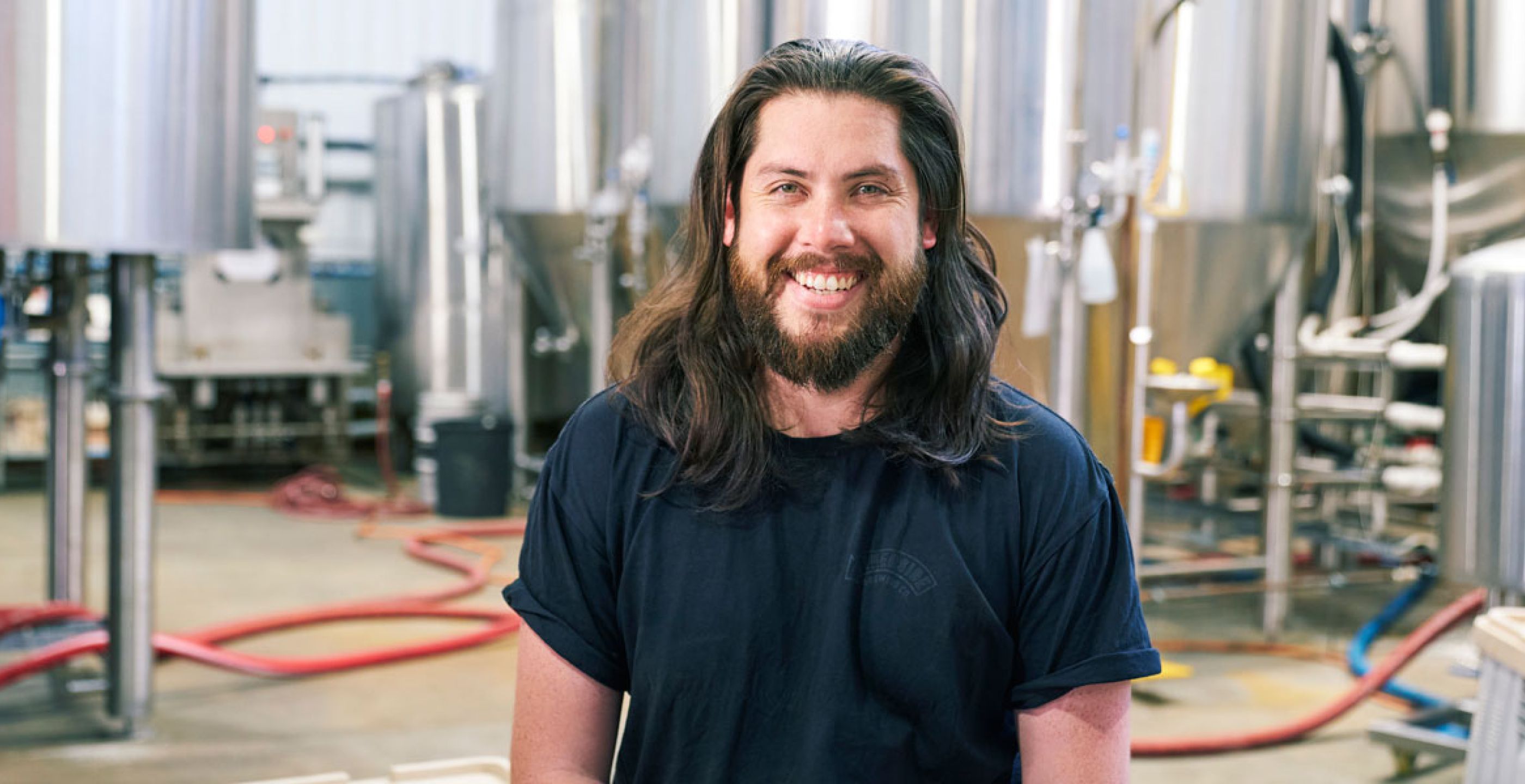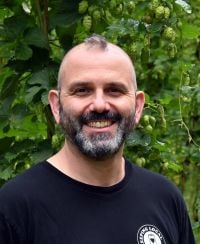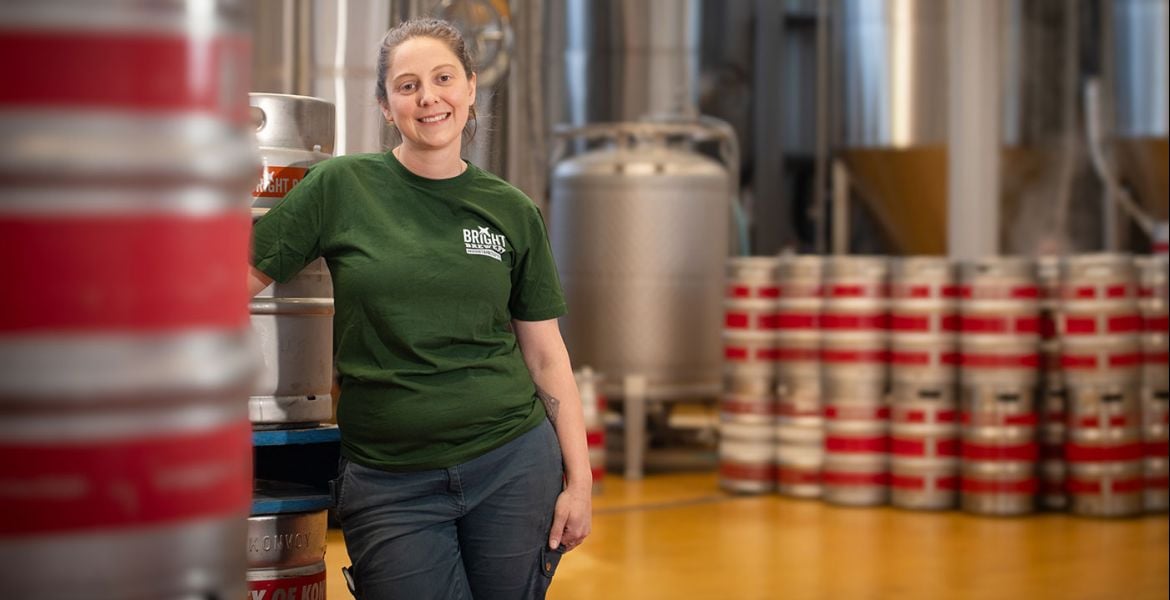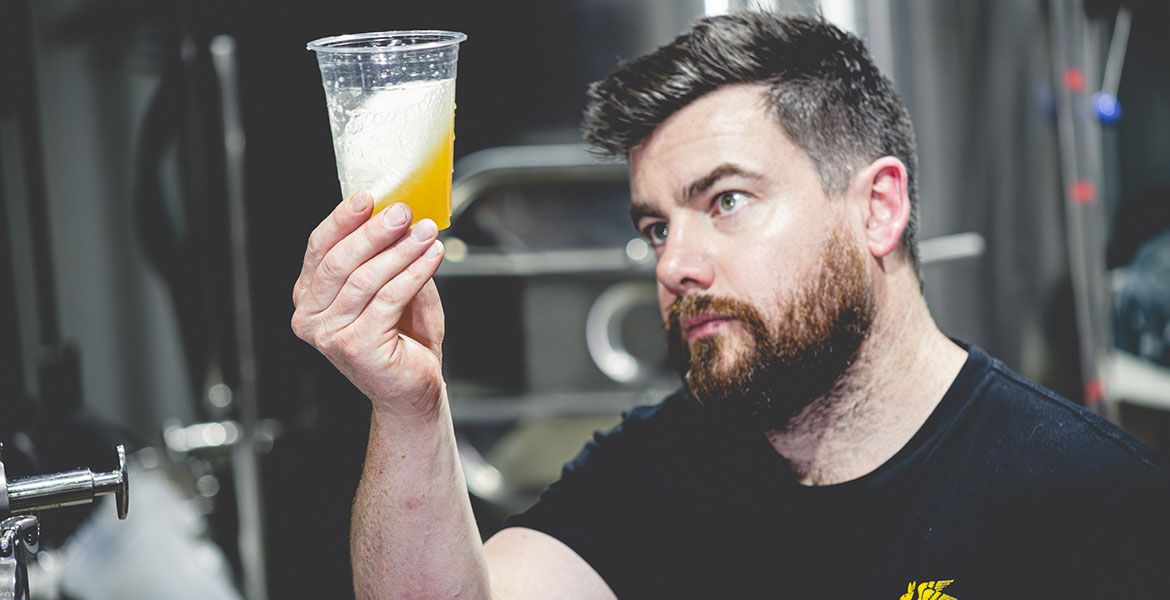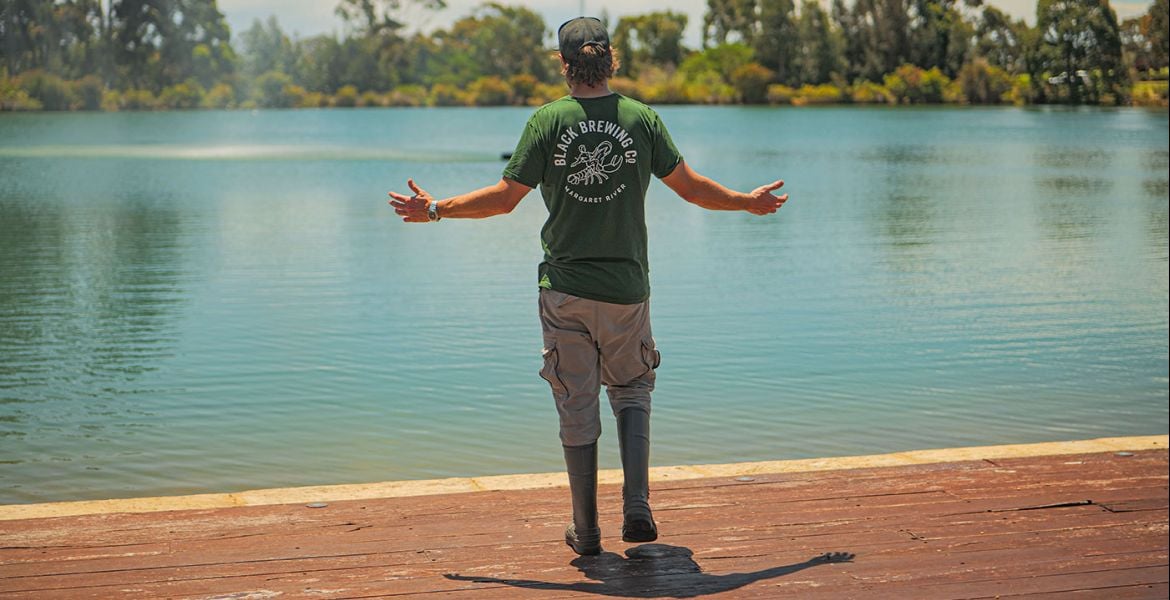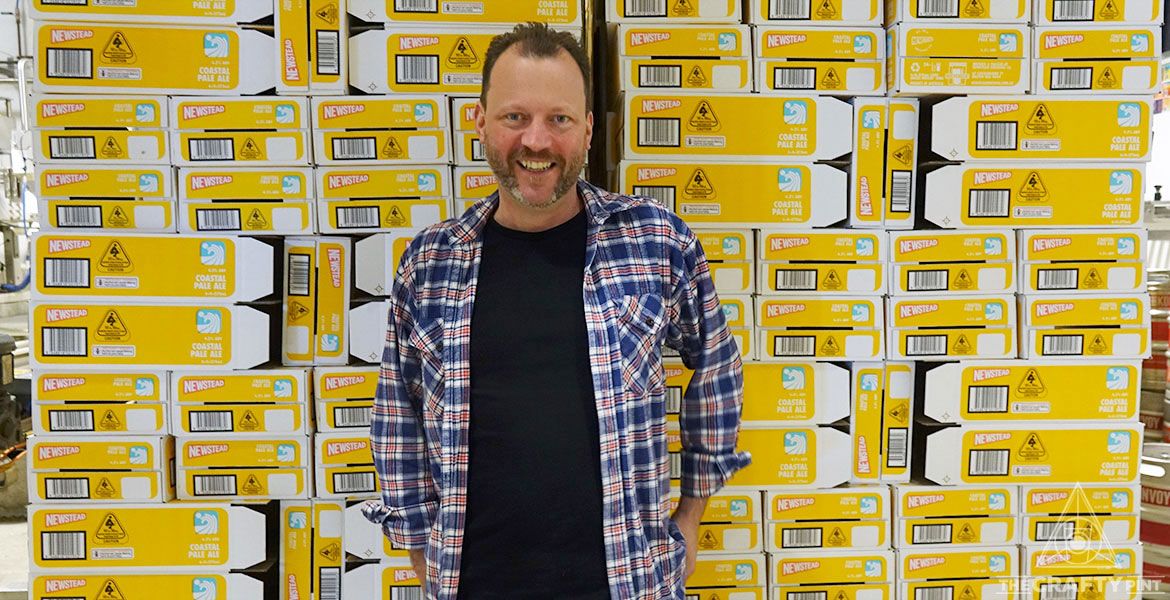The WA brewing scene has come on a long way in the past few years, awakening from a period of relative torpor – at least compared to the pace of change in other parts of the country – to become a place alive with creativity, collaboration and community.
Where once, not that long ago, Perth was something of a desert when it came to good beer venues and brewpubs, now the capital is awash with both craft-focused venues, retailers and brewpubs of all shapes and sizes, not to mention a growing number of beer brands operating without a home.
For years, you knew you could head to the Margaret River region and the Swan Valley if beer tourism was your thing; now, while the number of breweries in the South West heads well into the 20s, the road south from Perth is also paved with potential stops for beer lovers. Head north from the capital and you no longer need to wait to hit Broome for your first taste of a locally-brewed beer – any town worthy of the name seems to have a brewery of its own now, sometimes more than one.
When the state went through its only extended lockdown of the pandemic – along with the rest of the country back in March 2020 – there was a positive outcome for fans of local, indie beer too: more venues switched a greater part of their offering to WA brewers' beers; many of the new venues to have opened since then have done so with craft beer – and maybe a small brewery setup – at the heart of what they do.
Among the successes of recent years, a few stand out, and one of those is Otherside Brewing Co. The brand started out as an offshoot of a music events company, contract brewing beers destined for big gigs and festivals, but is now one of the state's largest, most innovative, and best-loved operations.
In 2021, their core range IPA Anthem was named Beer Of The Year in the second WA Good Food Guide Awards, before our team deemed them the standout brewery of the year in the state too. At the helm of all things brewing – as he has been since Otherside's earliest days – is Rhys Lopez, a man with one of the more colourful backstories in beer, and one heck of a guy to engage in conversation over a few beers.
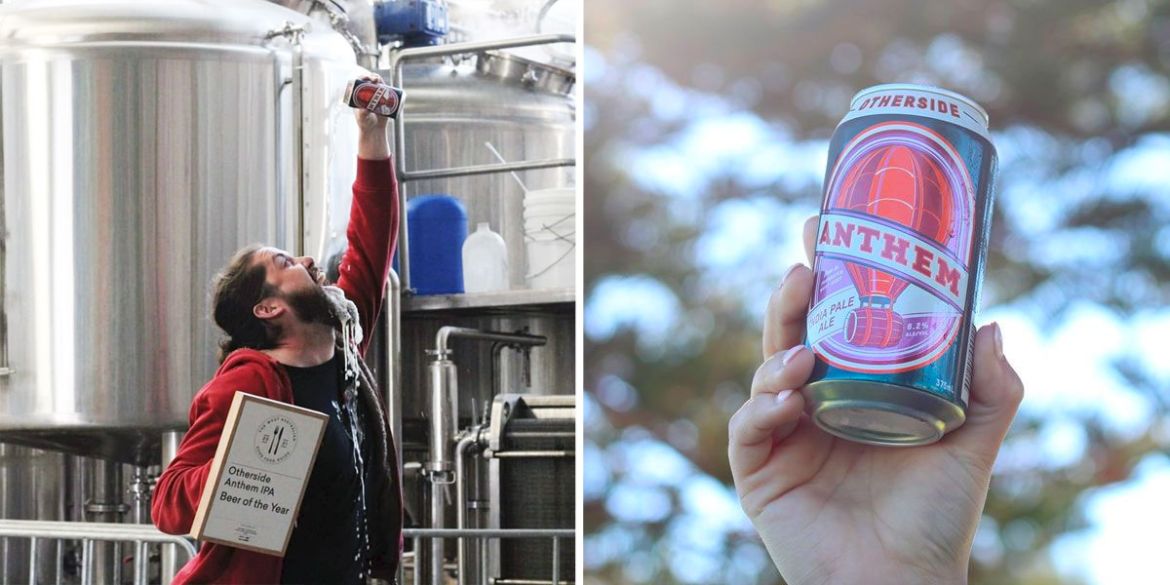
Prior to settling with intent into a career in beer in WA, he spent much of his life on the road, living out of a backpack and moving from job to job around Australia. Rhys would work long enough to save the cash needed to head to South East Asia or India for extended periods of travel, occasionally visiting China, before heading back to Australia once the coffers ran dry.
As he puts it rather succinctly: "It was fun." So much fun, in fact, that at one point he joined a cult.
"It was during my final year of uni, where I was studying journalism," he says by way of explanation. "I was doing it via correspondence, and joined the Osho cult."
If you're an avid fan of Netflix docos, you may well have watched Wild Wild Country, the series covering the period during which Indian guru Bhagwan Shree Rajneesh, also known as Osho, and his followers set up a community in Oregon. If you've not, it's well worth a watch, although given Rhys was a child at the time those events took place, his experiences with the group came much later.
Fremantle – and indeed the pub acknowledged as something of a birthplace of modern craft beer in Australia, the Sail & Anchor – had been a popular hangout for Osho's followers, who stood out from the crowd thanks to their predilection for dressing in orange and, according to members, enjoying plenty of free love too.
By the time Rhys decided to explore it for a longform assignment for his university course, he says they'd "gone away from being a cult", although admission to the group still required taking an AIDS test and, once in, engaging in activities including the exploration of past lives and dancing under a temple.
It's far from the standard tale of how someone ends up becoming a brewer, although might offer some insight into how, following stints with Gage Roads, Nail and The Monk, he ended up partnering with a music events group to help them create their own beer brand.

It also means it's no surprise to find Rhys to be one of the local industry's deeper – and more leftfield – thinkers, with considered thoughts on why the WA beer scene tends to stand apart from the rest of the country.
From my perspective, watching from afar – interspersed with occasional trips when border closures allow – there's a real closeness in the community, with the level of collaboration between brewers and (especially) venues at a greater level than elsewhere in Australia. There also seems to be a tendency for trends to develop independent of what's happening in other states, or at least to develop to a greater degree: the popularity of IPLs, lighter kettle sours and more recently imperial smoothie and pastry sours, or indeed the cult following for barleywines.
For Rhys, there's an obvious factor: the tyranny of distance which not only means there's a degree of separation from what's happening in the east, but also means there's an extra $50 slapped onto kegs coming over from the East Coast, which in turn leads to a greater focus on beers created locally. But he believes the lack of a main brewery since Swan was shuttered, and the absence of pokies – something that forces venue operators to find other ways to bring people to their bar beyond preying on gambling addicts – also play a role.
Add in a pair of "really substantial 24 hours brewing operations" – Little Creatures and Gage Roads – and you have fertile ground for the training of skilled brewers, many of whom have moved on to start their own brewing companies or have taken their skills into senior roles at breweries across not just in WA, but Australia.
"It's definitely a beer culture," he says, citing IPLs and smoothie sours as means by which brewers are trying to capture a different market outside of mainstream craft; the former aim to bring over macro lager drinkers, the latter is for those for whom beer is too bitter – and, presumably, too beery.
"It's fantastic," he adds. "The experimentation of craft brewers continues to bring people away from bitterness to more juicy IPAs. It's the vanguard – to get people into the world of craft beer."
As for his entry into the world of craft beer, like many of his ilk it was Little Creatures Pale that proved the eye-opener, a first pint of the beer back in 2004 starting the move away from what had been "all Tooheys Extra Dry and Carlton Cold" to that point. But it was a decade ago, and his first experience of lambic beers, when things really started to crystallise.
"I want to make this," was his reaction. "But there were a few steps between where I was and where I wanted to be."
He started brewing at home then landed a front of house role at Little Creatures before moving into sales and distribution. Temporarily, at least.
"Little Creatures thought I had a bad attitude, and they were probably right," he says, meaning he was soon off to enhance his beer knowledge elsewhere: a short stint at Nail, a period in which he helped distribute beers from east coast brewers such as Two Birds, Kooinda and Moo through a role at the Freo Doctor bottleshop, then jobs at Gage Roads, The Monk and Hippocampus – the distillery that later merged into Boatrocker Brewers & Distillers.
Along the way, he was able to learn from some of the state's most experienced brewers, such as Mal Secourable at The Monk, and Last Drop's Jan Bruckner, who as Rhys points out learned to brew behind the Iron Curtain before moving to WA 30 years ago.
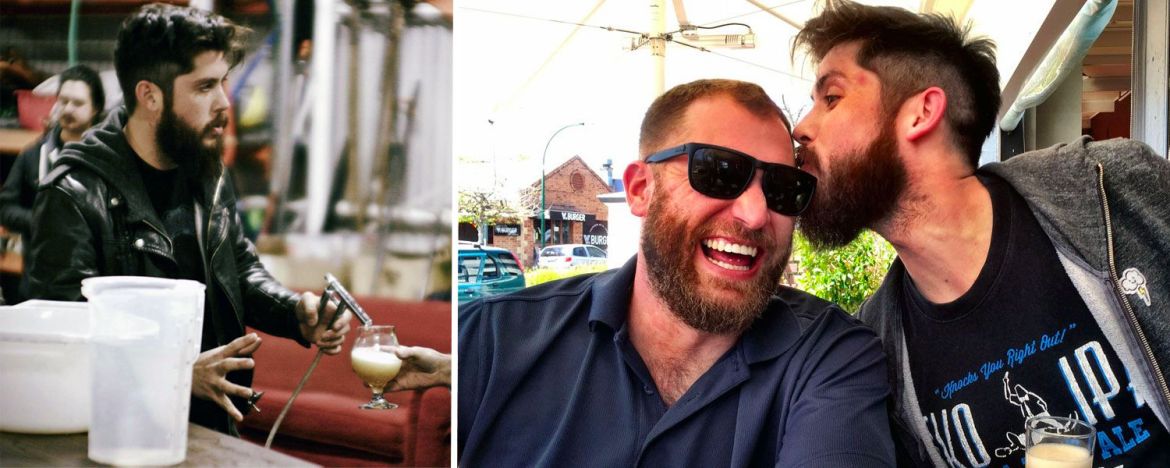
It was while at The Monk, the now-defunct brewpub in Freo – that he was approached by Sunset Events – a tale we told back in 2016 here. And it was this moment that brought him to where he is now: head brewer at Otherside.
Initially hired to oversee the creation of a beer brand for music festivals – which spawned Festive Ale – he pushed for a move from contract brewing to building a brewery. This led to the creation of Otherside's brewing facility and venue in Myaree, itself part of the wider hospitality group Triple-1-Three that also operates Freo.Social and Mojos Bar.
While running the brewing side of the business, one that sees them release a high volume of limited releases alongside the popular core range, is a serious endeavour, Rhys has still been making time for a side project that also involves brewing and selling beer, albeit on a smaller scale and in a rather less serious manner: Evil Mega Corp.
The first beers are yet to appear, but the plan is for it to be a subscription-only home to ridiculous beers; as he puts it: "Evil Mega Corp is driven by my dark sense of humour.
"There was always a joke between me and my friends in the 2000s that there's all these people pretending to be craft. So we said we should create a tiny brewery and pretend it's an evil mega corp.
"I'm really excited about the idea of not having to make decisions that make commercial sense – and calling something Evil Mega Corp definitely doesn't make commercial sense!"
He later adds, as if for emphasis: "It's literally just a vanity project!"
Admittedly, progress has been slow due to the time and focus required at Otherside. To put it into context, one of The Crafty Pint's writers first suggested running a preview of Rhys' plans almost a year ago, But a small site has been secured with enough room for some barrels and a canning line, so watch this space for more later in the year.
While that lies ahead, we felt a stellar 2021 and such unlikely plans for 2022 made it a great time to invite Rhys to feature in our long-running Brew & A series. Over to you, Rhys!
Rhys Lopez
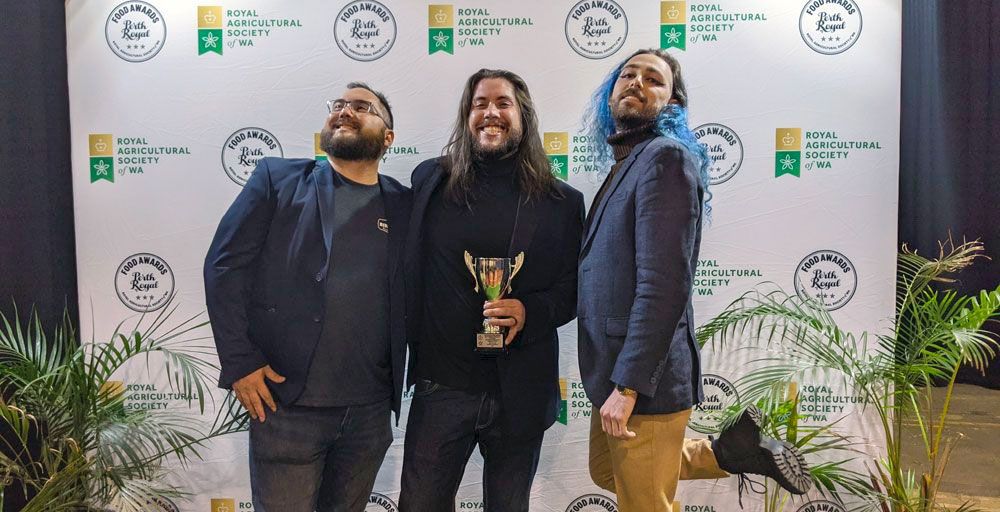
Why are you a brewer?
I got lucky to be coming of age right as the craft beer thing kicked off in Freo. I’m not good at much else, so if I were born in any other time I’d probably be a craft ditch digger or something.
What would you be if you weren’t a brewer?
When I was young I wanted to be a war correspondent, but after doing a degree and getting a gig where I basically rewrote corporate press releases, I realised that the industry wasn’t really what I had envisioned.
Maybe a butcher? In the charcuterie/salumi tradition, fermented and cured meats.
What was your epiphany beer?
Weheinstephaner Korbinian.
How did you first get involved in the beer world?
At 18 I was going for a job as a shelf stacker, but a friend said that was boring and it would be more fun if I worked at his restaurant. That restaurant was Little Creatures, and I fell in love with it all pretty quickly.
What's the best beer you’ve ever brewed?
Probably Redliner. Either that or the now-defunct Woolworth’s product Dry Dock.
What's your single favourite ingredient to use in beer?
Brettanomyces, but my conscience won’t let me bring it into the facility.
Are there any beers you’ve brewed that might have been better left on the drawing board?
I made a sour with far too much butterfly pea flower in honour of the Dockers doing fairly well in the AFL post season.
You know when you are a kid and you collect snails in an old ice cream tub? Then you chuck in some leaves and twigs for ambience and nutrition, then promptly forget about it for two weeks? Then when you find it again it has this unmistakable smell – that is what this beer smelled like.
It held a lot of promise – it was bright purple and poured with this vibrant head – but up close it smelled atrocious. It was a fitting tribute to the way the Dockers' season turned out. From memory we called it: “There’s always next year”.
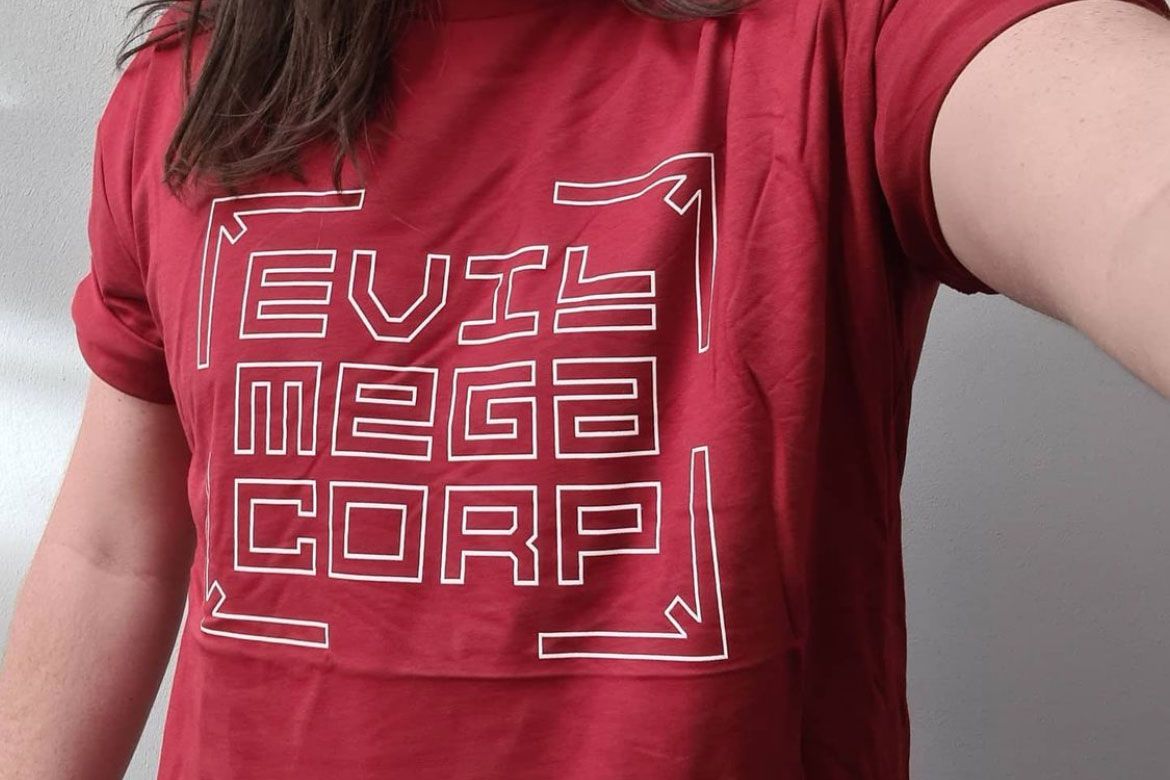
If you could do a guest stint at any brewery(s) in the world, which would it be and why?
3 Fonteinen, for obvious reasons. The beers are just phenomenal.
Which local (Aussie or Kiwi) breweries inspire you?
Garage Project, 3 Ravens, Dollar Bill – all expanding the expectations of the consumer and doing amazing things.
Other breweries inspire me for different reasons though. I am always inspired by some homebrewer who quits their well-paying job and puts their material life on the line to pursue a dream. Especially if their beers suck when they first set out, but through perseverance and effort, their beers start to get pretty good a couple of years later.
Those people are absolutely inspirational, possibly more than the aforementioned folks that make it all look easy.
What's your desert island beer – the one to keep you going if you were stranded for the rest of your days?
Lion Stout (formerly Sinha). Delicious, nutritious, made for the Tropics. Plus those empty bottles would be incredibly handy in a survival setting.
And what would be the soundtrack to those days?
One of those Spotify channels that just plays orchestral film scores. They are really good at keeping you motivated when doing something boring like housework or whatever, so I presume they would be equally motivating when trying to escape a desert island.
If you couldn’t have beer, what would be your tipple of choice?
Cold brew coffee.
What's the one thing you wish you’d known before becoming a brewer?
That, as a straight male, you definitely will be impressing the wrong gender.
And the one piece of advice you’d give to anyone considering a career in craft beer?
Look after your back. Look after your liver. Look after your coworkers. Nail those three, and you’ll have a great career.
You can find other entries in the Brew & A series here.



